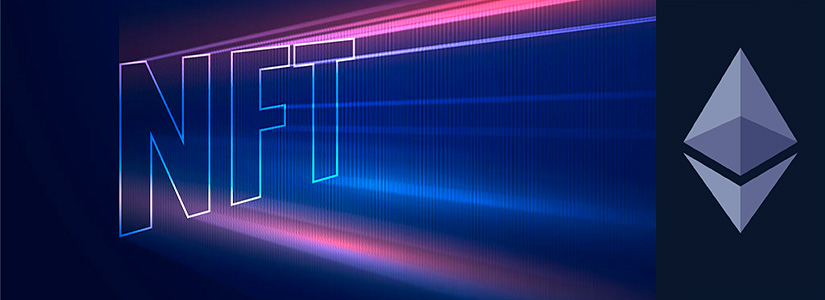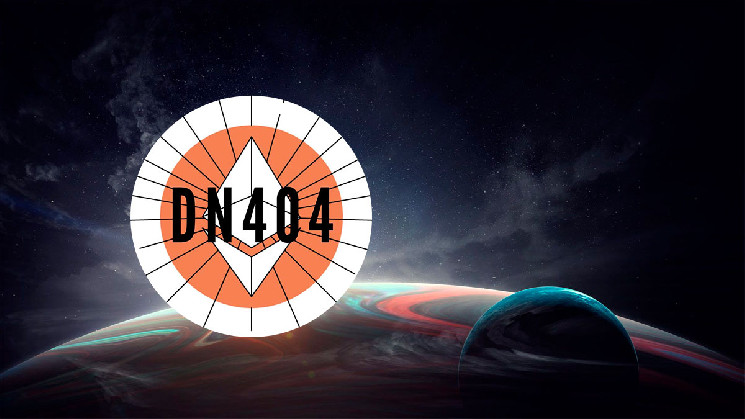TL;DR
- DN404, a New Token Standard: A group of developers has introduced DN404, a new token standard that aims to improve upon ERC404.
- Advantages and Concerns: DN404 enables users to trade fractions of NFTs without intermediaries, fostering a decentralized trading environment.
-
DN404 vs ERC404: The experimental Ethereum standard, ERC404, has been successful but faced criticism for its inefficiencies.
A group of developers has unveiled a novel token standard, DN404, positioning it as a significant improvement over its predecessor, ERC404. The DN404, also known as the “Divisible NFT” standard, aims to blend the functionalities of ERC-20 and ERC-721 tokens.
This new standard addresses the inefficiencies observed in ERC404 and offers enhanced efficiency and functionality. The core objective behind DN404, according to the pseudonymous developer “cygaar”, was to create a token standard with native fractionalization built in.
Excited to launch the "Divisible NFT" standard (DN404) which aims to be a hybrid ERC20/721 token.
ERC404 took the crypto world by storm over the past few days, but it doesn't follow existing standards, is inefficient, and breaks at certain edge cases.
Here's how DN404 works 🧵: pic.twitter.com/3kj504Gb97
— cygaar (@0xCygaar) February 12, 2024
This innovative approach enables users to trade fractions of NFTs without intermediaries, fostering a decentralized trading environment. DN404 accomplishes this by employing a base ERC-20 contract and a mirror ERC-721 contract. The bulk of trading happens on the ERC-20 token contract, facilitating the seamless exchange of fractionalized portions of NFTs.
In the process of transferring base ERC-20 tokens, there is an automatic burning and minting of corresponding mirrored Non-Fungible Tokens (NFTs). This mechanism facilitates a seamless trading experience for users. However, despite the potential advantages of DN404, it’s important to note that it has not undergone formal auditing.
The Future Implications of DN404 and ERC404

This serves as a reminder of the essential need for strong security protocols in the blockchain ecosystem. On the other hand, ERC404, the experimental Ethereum standard, has been successful in creating a buzz in the crypto market. It authorizes multiple wallets to directly own a single NFT. However, it has faced criticism for its inefficiencies and non-compliance with existing standards.
Last week, a developer associated with DN404, who goes by the alias “quit,” raised concerns about a potential vulnerability in ERC-404. This flaw could potentially allow ERC-404 token holders to misappropriate NFTs deposited into lending protocols that are not properly set up for ERC-404.
We haven't benchmarked it vs cellmates, so I can't speak to that side of things. I can say that it averages about 20% gas savings vs erc404.
DN404 is built for full backwards compatibility with everything that's been built for 721s, 20s, or both.
— quit (👀,🦄) (@0xQuit) February 12, 2024
Addressing the raised concerns, the developer of ERC404, known as “ctrl”, defended the standard. He attributed the identified vulnerabilities to incorrect implementation, rather than to any inherent weaknesses in the protocol itself. As the landscape of cryptocurrency continues to develop, the rivalry between DN404 and ERC404 is anticipated to influence the future direction of token standards.
While both have their strengths and weaknesses, the ultimate winner will be the one that best meets the needs of the blockchain community.
 crypto-economy.com
crypto-economy.com
